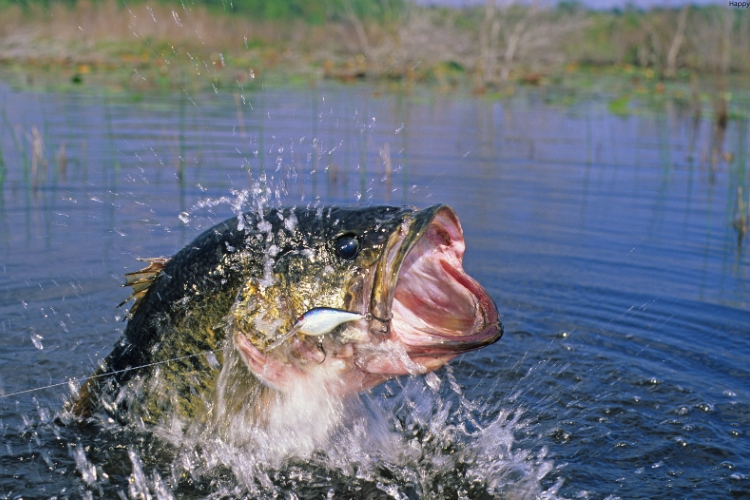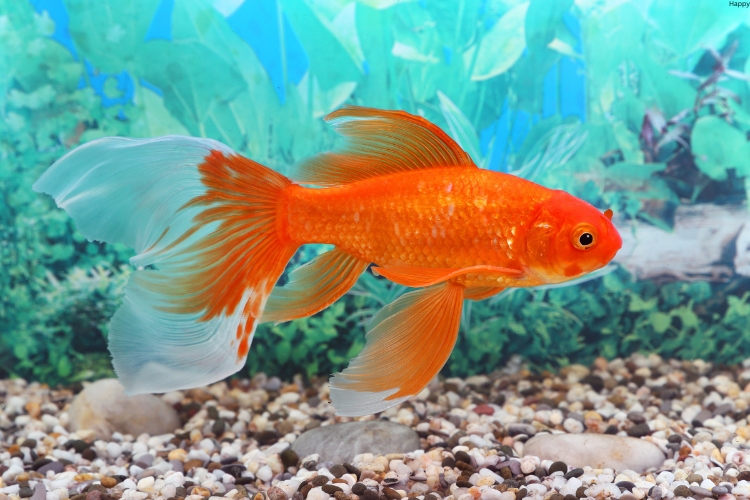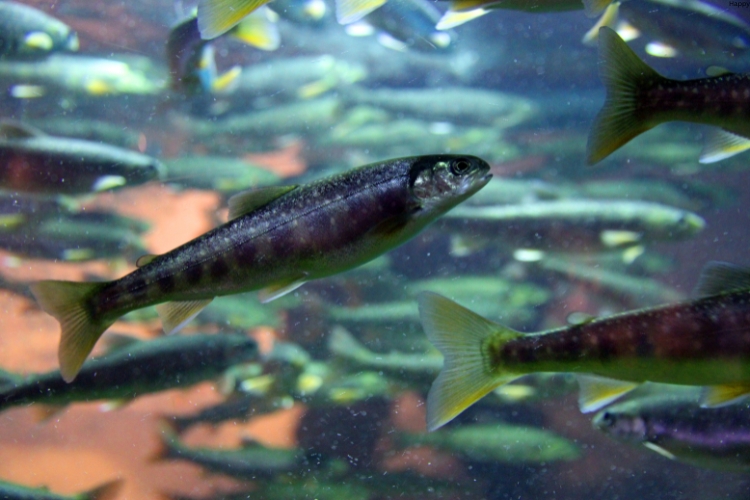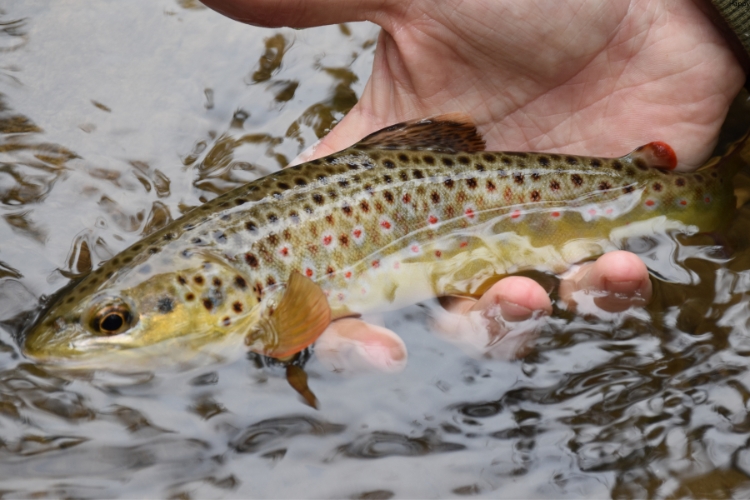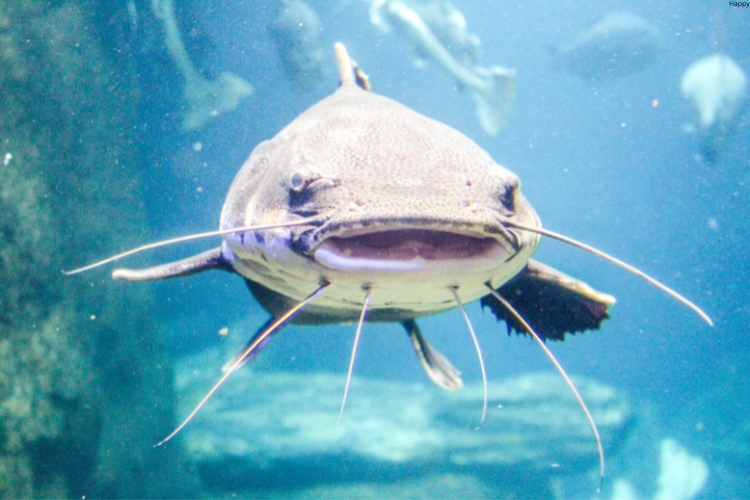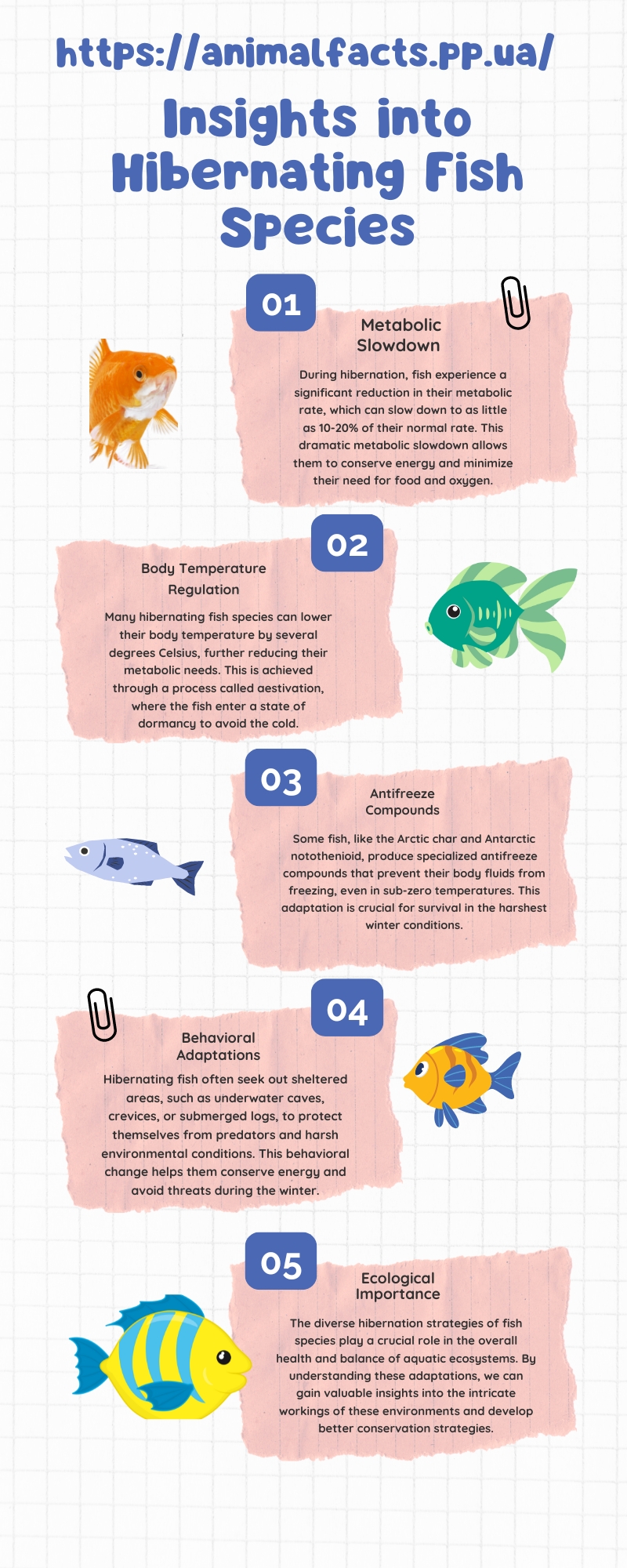As the temperatures drop and the days grow shorter, many animals in the natural world enter a state of dormancy known as hibernation.
While we often associate hibernation with mammals like bears and groundhogs, the phenomenon of fish hibernation is a fascinating and lesser-known aspect of the aquatic ecosystem.
In this blog post we will know about the world of hibernating fish species, exploring their unique adaptations, behaviors, and the crucial role they play in their respective environments.
Key Takeaways:
- Fish hibernation, or brumation, is a fascinating and lesser-known phenomenon where aquatic creatures enter a state of reduced metabolic activity and lowered body temperature to conserve energy during the colder months.
- There are over 70 species of fish that exhibit hibernation-like behaviors, ranging from Arctic char and Atlantic salmon to carp and catfish, each with their own unique adaptations and strategies.
- The primary reasons for fish hibernation include food scarcity, oxygen depletion, predator avoidance, and reproductive strategies, highlighting the crucial role it plays in the survival and life cycles of these aquatic organisms.
- Adaptations like metabolic slowdown, body temperature regulation, antifreeze compounds, and behavioral changes allow hibernating fish to thrive in challenging winter conditions and conserve valuable energy reserves.
- Understanding the mechanisms and behaviors of hibernating fish species provides valuable insights into the intricate workings of aquatic ecosystems and the remarkable ways in which life has evolved to survive in diverse environments.
What is Fish Hibernation?
Hibernation in fish, also referred to as brumation, is a state of reduced metabolic activity and lowered body temperature that allows these aquatic creatures to conserve energy and survive the harsh conditions of winter.
Unlike the deep sleep experienced by mammals, fish hibernation is a more gradual process that involves a series of physiological and behavioral changes.
Reasons for Fish Hibernation
There are several key reasons why fish enter a hibernation-like state during the colder months:
- Food Scarcity: As the water temperature drops, the availability of food sources for many fish species decreases significantly. Hibernation allows them to conserve energy and survive periods of food scarcity.
- Oxygen Depletion: In some bodies of water, the lower temperatures and decreased water circulation can lead to a depletion of dissolved oxygen, making it difficult for fish to breathe. Hibernation helps them reduce their oxygen consumption and stay alive.
- Predator Avoidance: By entering a state of reduced activity, hibernating fish are less likely to attract the attention of predators, increasing their chances of survival.
- Reproductive Strategies: For some species, hibernation is a critical part of their reproductive cycle, allowing them to conserve energy and prepare for spawning in the spring.
Adaptations for Fish Hibernation
To survive the challenges of hibernation, fish have developed a range of fascinating adaptations:
- Metabolic Slowdown: During hibernation, fish experience a significant reduction in their metabolic rate, which can slow down to as little as 10-20% of their normal rate. This allows them to conserve energy and minimize their need for food and oxygen.
- Body Temperature Regulation: Many hibernating fish species can lower their body temperature by several degrees Celsius, further reducing their metabolic needs. This is achieved through a process called aestivation, where the fish enter a state of dormancy to avoid the cold.
- Antifreeze Compounds: Some fish, such as the Arctic char and the Antarctic notothenioid, produce specialized antifreeze compounds that prevent their body fluids from freezing, even in sub-zero temperatures.
- Behavioral Adaptations: Hibernating fish often seek out sheltered areas, such as underwater caves, crevices, or submerged logs, to protect themselves from predators and harsh environmental conditions.
Hibernating Fish Species
There are numerous fish species around the world that exhibit hibernation-like behaviors. Here are 10 fascinating examples:
| Species | Habitat | Hibernation Behavior |
|---|---|---|
| 1. Arctic Char | Arctic and sub-Arctic regions | Enters a state of aestivation, lowering its body temperature to survive the harsh winter conditions. |
| 2. Atlantic Salmon | North Atlantic Ocean and adjacent rivers | Migrate to the ocean during the summer, then return to rivers to hibernate during the winter. |
| 3. Brown Trout | Temperate regions of Europe and North America | Seek out sheltered areas, such as deep pools or undercut banks, to hibernate during the winter. |
| 4. Carp | Widespread across Europe and Asia | Burrow into the mud at the bottom of ponds and lakes to hibernate during the winter. |
| 5. Catfish | Widespread across the world | Some species, like the channel catfish, become less active and enter a state of torpor during the winter months. |
| 6. Goldfish | Temperate regions of Asia | Hibernate by becoming less active and reducing their metabolic rate to conserve energy. |
| 7. Koi | Ornamental varieties of common carp | Similar to goldfish, koi enter a state of reduced activity and metabolism during the winter. |
| 8. Largemouth Bass | North America | Seek out deep, sheltered areas of lakes and rivers to hibernate during the colder months. |
| 9. Smallmouth Bass | North America | Like the largemouth bass, they hibernate in deep, sheltered areas of their habitat. |
| 10. Bluegill | North America | Become less active and seek out areas with dense vegetation or submerged structures to hibernate. |
1. Arctic Char
The Arctic char (Salvelinus alpinus) is a cold-water fish found in the Arctic and sub-Arctic regions. As the temperature drops, the Arctic char enters a state of aestivation, lowering its body temperature to survive the harsh winter conditions.
This adaptation allows the fish to conserve energy and avoid the freezing temperatures that would otherwise be fatal.
2. Atlantic Salmon
The Atlantic salmon (Salmo salar) is a migratory fish that lives in the North Atlantic Ocean and adjacent rivers. During the summer, these fish migrate to the ocean to feed, but in the winter, they return to the rivers to hibernate.
By seeking out sheltered areas in the rivers, the Atlantic salmon can conserve energy and avoid the harsh conditions of the open ocean.
3. Brown Trout
The brown trout (Salmo trutta) is a popular sport fish found in temperate regions of Europe and North America. As the weather turns colder, brown trout will seek out sheltered areas, such as deep pools or undercut banks, to hibernate during the winter.
This behavior allows them to avoid the dangerous conditions and conserve their energy until the spring.
4. Carp
Carp (Cyprinus carpio) are a widely distributed fish species found across Europe and Asia. When the weather turns cold, these hardy fish will burrow into the mud at the bottom of ponds and lakes to hibernate.
This behavior allows them to conserve energy and avoid the harsh winter conditions on the surface.
Carp are known for their resilience and ability to adapt to a wide range of environments. Their hibernation strategy is a testament to their evolutionary success and the remarkable ways in which fish have evolved to survive in challenging conditions.
5. Catfish
Catfish are a diverse group of fish found across the world, and some species exhibit hibernation-like behaviors during the winter months. The channel catfish (Ictalurus punctatus), for example, becomes less active and enters a state of torpor, reducing its metabolic rate to conserve energy.
By seeking out sheltered areas, such as underwater ledges or submerged logs, channel catfish can weather the colder conditions and emerge in the spring ready to feed and reproduce.
The ability of catfish to adapt their behavior and physiology to the changing seasons is a fascinating adaptation that allows them to thrive in a variety of aquatic environments.
Conclusion
The fascinating world of hibernating fish species showcases the remarkable adaptations and survival strategies that these aquatic creatures have developed to thrive in their ever-changing environments.
From the Arctic char to the walleye, the diversity of hibernating fish species is a testament to the resilience and ingenuity of life in the underwater realm.
By understanding the mechanisms and behaviors that allow these fish to conserve energy and withstand the challenges of winter, we can gain valuable insights into the intricate workings of aquatic ecosystems.
As we continue to explore and study these hibernating fish, we may uncover even more remarkable discoveries that deepen our appreciation for the wonders of the natural world.


